Home>Gardening & Outdoor>Landscaping Ideas>How To Grow Pampas Grass
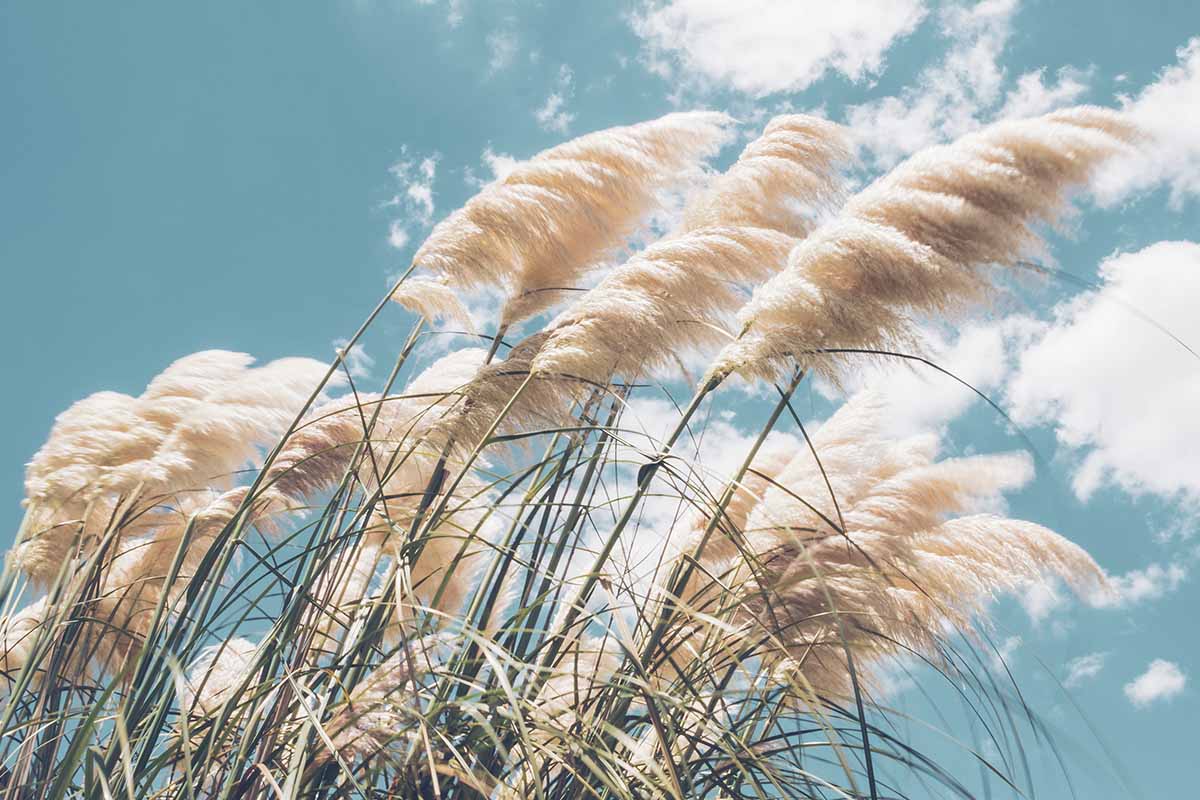

Landscaping Ideas
How To Grow Pampas Grass
Modified: March 29, 2024
Discover expert landscaping ideas and tips on how to grow pampas grass in your garden. Transform your outdoor space with our comprehensive guide.
(Many of the links in this article redirect to a specific reviewed product. Your purchase of these products through affiliate links helps to generate commission for Storables.com, at no extra cost. Learn more)
Introduction
Welcome to the wonderful world of pampas grass! If you’re looking to add a touch of elegance and natural beauty to your landscape, then growing pampas grass could be the perfect choice for you. With its feathery plumes and graceful demeanor, pampas grass can bring a sense of tranquility and charm to any outdoor space.
Whether you’re a seasoned gardener or just starting out, cultivating pampas grass can be a rewarding experience. In this comprehensive guide, we’ll walk you through everything you need to know about growing and caring for pampas grass. From choosing the right location to dealing with pests and diseases, we’ve got you covered.
So, grab your gardening gloves and get ready to dive into the enchanting world of pampas grass. By the end of this journey, you’ll be equipped with the knowledge and skills to cultivate this stunning grass variety and elevate the beauty of your outdoor sanctuary.
Key Takeaways:
- Embrace the elegance of pampas grass by choosing a sunny, spacious location with well-draining soil. Plant in spring, water deeply, and enjoy minimal maintenance for a visually captivating addition to your landscape.
- Cultivate pampas grass with care, from watering and fertilizing to pruning and pest management. Harvest its plumes for creative decor, and celebrate the timeless allure of nature in your outdoor sanctuary.
Read more: How Tall Does Pampas Grass Grow
Choosing the Right Location
Before diving into the planting process, it’s crucial to select the perfect spot for your pampas grass to thrive. Pampas grass thrives in full sun, so choose a location that receives ample sunlight throughout the day. Additionally, ensure that the area has well-draining soil to prevent waterlogging, which can be detrimental to the plant’s health.
Consider the mature size of pampas grass when choosing the location. These majestic grasses can reach impressive heights and widths, so ample space is essential. Whether you’re planting pampas grass as a standalone specimen or as part of a larger landscape, make sure there’s plenty of room for it to spread out and make a statement.
Furthermore, take into account the aesthetic appeal of the location. Pampas grass can serve as a striking focal point in the landscape, so choose a spot that allows it to command attention and add visual interest to the surroundings. Whether it’s against a backdrop of lush greenery or against the backdrop of a clear blue sky, the right location can enhance the overall beauty of the grass.
When considering the location, also keep in mind the potential height of the grass and how it may interact with other elements in your garden. Pampas grass can create a stunning visual effect when planted against a contrasting background, so think about how it will complement the existing features of your landscape.
By carefully selecting the right location for your pampas grass, you’re laying the foundation for a flourishing and visually captivating addition to your outdoor space.
Planting Pampas Grass
Now that you’ve found the perfect spot for your pampas grass, it’s time to roll up your sleeves and get planting. The best time to plant pampas grass is in the spring, as it allows the plant to establish its roots before the harsh conditions of winter set in. Here’s a step-by-step guide to planting pampas grass:
- Prepare the Soil: Start by preparing the soil in the chosen location. Loosen the soil to a depth of about 12 inches and mix in some organic matter, such as compost, to improve drainage and provide essential nutrients for the grass.
- Dig the Hole: Dig a hole that’s twice as wide and just as deep as the root ball of the pampas grass. This will give the roots plenty of room to spread out and establish themselves in the soil.
- Plant the Grass: Gently remove the pampas grass from its container and place it in the center of the hole. Ensure that the top of the root ball is level with the surrounding soil. Backfill the hole with soil and gently pat it down to remove any air pockets.
- Water Thoroughly: After planting, give the pampas grass a deep watering to help settle the soil around the roots. Keep the soil consistently moist, but not waterlogged, especially during the first growing season to aid in the establishment of the plant.
- Mulch and Protect: Apply a layer of mulch around the base of the plant to help retain moisture and suppress weed growth. This will also provide some insulation for the roots during extreme temperatures.
Once planted, pampas grass requires minimal maintenance and is relatively drought-tolerant once established. With the right care and attention during the planting process, you’ll set the stage for a stunning display of pampas grass in your landscape.
Watering and Fertilizing
Proper watering and fertilizing are essential for the health and vitality of pampas grass. Here’s how to ensure your pampas grass receives the moisture and nutrients it needs to thrive:
Watering: Pampas grass is relatively drought-tolerant once established, but regular watering is crucial during the initial stages of growth. Water the plant deeply once a week, ensuring that the soil is moist but not waterlogged. In hotter climates or during periods of extreme heat, more frequent watering may be necessary to prevent the soil from drying out completely. Monitor the soil moisture levels and adjust your watering schedule accordingly to maintain optimal growing conditions for the grass.
Fertilizing: Pampas grass is not particularly demanding when it comes to fertilization, but a light application of a balanced fertilizer in the spring can promote healthy growth and robust plumes. Use a slow-release fertilizer or a balanced granular fertilizer, and apply it around the base of the plant, taking care to avoid direct contact with the foliage. Follow the manufacturer’s instructions for the appropriate application rate, and water the area thoroughly after fertilizing to help the nutrients penetrate the soil and reach the roots.
When it comes to watering and fertilizing pampas grass, consistency is key. By providing the right balance of moisture and nutrients, you’ll support the plant’s overall well-being and encourage the development of lush, vibrant foliage and plumes.
Pampas grass thrives in well-draining soil and full sun. Make sure to water it regularly, especially during the first growing season. Prune it in late winter to promote new growth.
Pruning and Maintenance
Pruning and maintenance are crucial aspects of caring for pampas grass, ensuring its health, appearance, and longevity. Here’s a guide to keeping your pampas grass in optimal condition:
Pruning: Pruning is essential to keep pampas grass looking tidy and healthy. In late winter or early spring, before new growth emerges, use sharp pruning shears or hedge trimmers to remove the previous year’s foliage and plumes. Cut the foliage back to a height of about 12 to 18 inches from the ground, taking care to avoid damaging the emerging green shoots at the base of the plant. This rejuvenation pruning encourages fresh growth and promotes vigorous plume production for the upcoming season.
Maintenance: Beyond pruning, pampas grass requires minimal maintenance. However, it’s essential to keep an eye out for any dead or damaged foliage throughout the growing season and remove it promptly to maintain the plant’s overall health and appearance. Additionally, periodically inspect the base of the plant for any signs of overcrowding or the presence of invasive runners, and take necessary measures to thin out the clump if needed to prevent overcrowding and promote good air circulation.
Regular maintenance also involves monitoring the overall health of the plant, ensuring it’s free from pests and diseases, and addressing any issues promptly to prevent them from spreading and causing harm to the grass. By staying proactive in your maintenance efforts, you can help your pampas grass thrive and continue to enhance the beauty of your landscape for years to come.
Read more: What Are Pampas Grass
Dealing with Pests and Diseases
While pampas grass is generally resilient, it can still fall victim to certain pests and diseases. Being proactive in identifying and addressing these issues is crucial to maintaining the health and vitality of your pampas grass. Here’s how to deal with common pests and diseases that may affect your pampas grass:
Common Pests: Keep an eye out for potential pests such as aphids, mealybugs, and spider mites, which can occasionally infest pampas grass. If you notice signs of pest infestation, such as distorted foliage, sticky residue, or visible insects, consider using natural remedies or insecticidal soaps to control the pests. Regularly spraying the foliage with a strong stream of water can also help dislodge and deter pests from taking hold.
Fungal Diseases: Pampas grass can be susceptible to fungal diseases, particularly in humid or poorly ventilated conditions. Keep the area around the plant clear of debris and ensure good air circulation to minimize the risk of fungal infections. If fungal diseases such as rust or leaf spot are detected, promptly remove and dispose of affected foliage to prevent the spread of the disease. Applying a fungicidal spray according to the manufacturer’s instructions can also help manage fungal issues.
Root Rot: Overly wet or waterlogged soil can lead to root rot, a potentially serious condition that can affect the health of pampas grass. To prevent root rot, ensure that the soil has good drainage and avoid overwatering the plant. If root rot is suspected, carefully dig around the base of the plant to inspect the roots. Trim away any mushy or discolored roots and replant the grass in well-draining soil to encourage recovery.
Regularly inspecting your pampas grass for signs of pests and diseases and taking swift action to address any issues will help safeguard the plant’s well-being and preserve its ornamental value in your landscape.
Harvesting Pampas Grass
Harvesting pampas grass can be a rewarding and creative endeavor, allowing you to bring the beauty of this versatile plant indoors and incorporate its graceful plumes into various decorative arrangements. Whether you’re looking to create stunning dried floral displays or add a touch of natural elegance to your home decor, here’s how to harvest and preserve pampas grass:
Timing: The best time to harvest pampas grass is in late summer or early fall when the plumes are at their peak and have developed their full, feathery texture. Choose a dry day to harvest the plumes when there’s no moisture on the grass, as damp conditions can hinder the drying process and lead to mold or mildew formation.
Harvesting Technique: Use sharp pruning shears to cut the plumes from the plant, leaving about 12 to 18 inches of stem attached to each plume. Cut the plumes at an angle to facilitate water absorption during the drying process and to create a neater appearance for arrangements.
Drying and Preserving: Once harvested, bundle the cut plumes together and hang them upside down in a warm, well-ventilated area with low humidity. Allow the plumes to air dry for approximately two to three weeks, or until they feel crisp and dry to the touch. During the drying process, the plumes may shed some loose material, so it’s advisable to place a protective cloth or sheet underneath to catch any debris.
Display and Arrangements: Once dried, the pampas grass plumes are ready to be incorporated into a wide range of decorative arrangements. From creating stunning centerpieces and wreaths to adding a touch of whimsy to floral bouquets, the dried plumes can infuse your home decor with a natural, bohemian charm. Consider combining the plumes with other dried flowers, foliage, or decorative elements to craft unique and eye-catching displays.
Harvesting pampas grass offers a wonderful opportunity to unleash your creativity and bring the enchanting beauty of this versatile plant into your living spaces, adding a touch of nature’s elegance to your home.
Conclusion
Congratulations on embarking on the journey of growing and caring for pampas grass! As you’ve discovered, this majestic plant has the power to transform outdoor spaces with its striking beauty and graceful presence. By following the steps outlined in this guide, you’ve gained the knowledge and skills to cultivate and nurture pampas grass, allowing it to thrive and enhance the allure of your landscape.
From carefully choosing the right location to planting and maintaining the grass, you’ve learned the essential elements of pampas grass care. By providing the ideal growing conditions, regular maintenance, and proactive pest and disease management, you’re well-equipped to support the health and vitality of your pampas grass, ensuring its long-term success in your outdoor sanctuary.
Furthermore, the creative potential of pampas grass extends beyond the garden, offering the opportunity to harvest and preserve its plumes for decorative arrangements that bring a touch of natural elegance into your home. Whether adorning your living spaces with dried floral displays or crafting unique centerpieces, the versatility of pampas grass allows you to express your creativity and infuse your surroundings with enchanting beauty.
As you continue your journey with pampas grass, remember to observe and appreciate its seasonal changes, from the emergence of fresh green shoots in spring to the majestic plumes that sway in the breeze during late summer and fall. Each stage of growth offers a unique and captivating spectacle, adding depth and charm to your outdoor landscape.
By nurturing and celebrating the splendor of pampas grass, you’re not only creating a visually stunning environment but also fostering a deeper connection with nature. The presence of pampas grass in your landscape serves as a testament to the timeless allure of the natural world and the joy of tending to its wonders.
So, as you continue to cultivate and cherish your pampas grass, may its beauty inspire moments of tranquility, creativity, and appreciation for the simple yet profound pleasures found in the garden.
Frequently Asked Questions about How To Grow Pampas Grass
Was this page helpful?
At Storables.com, we guarantee accurate and reliable information. Our content, validated by Expert Board Contributors, is crafted following stringent Editorial Policies. We're committed to providing you with well-researched, expert-backed insights for all your informational needs.


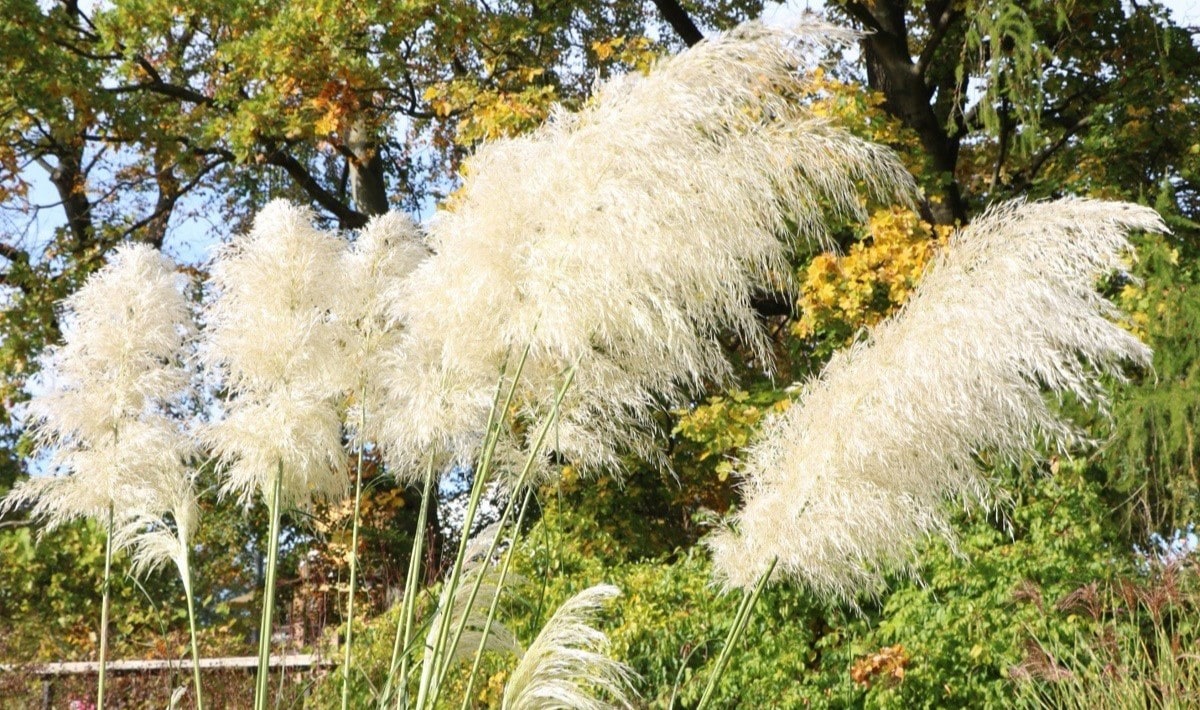
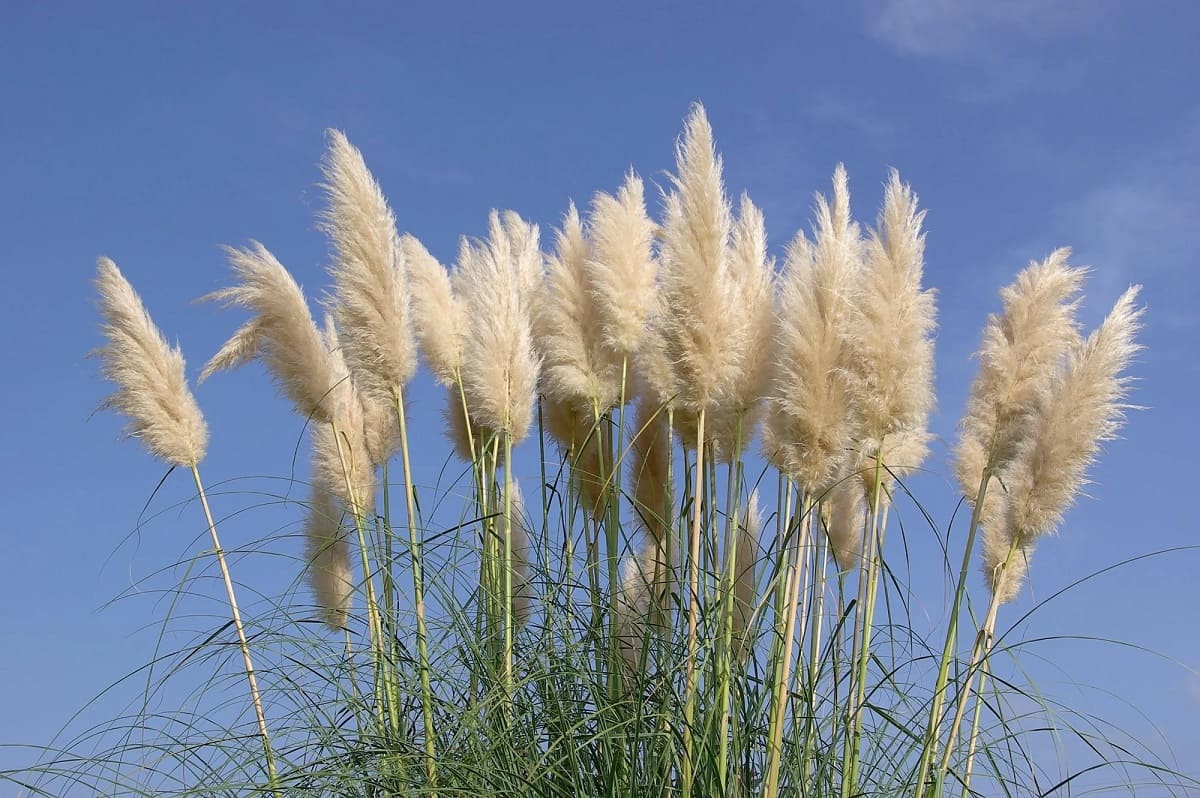
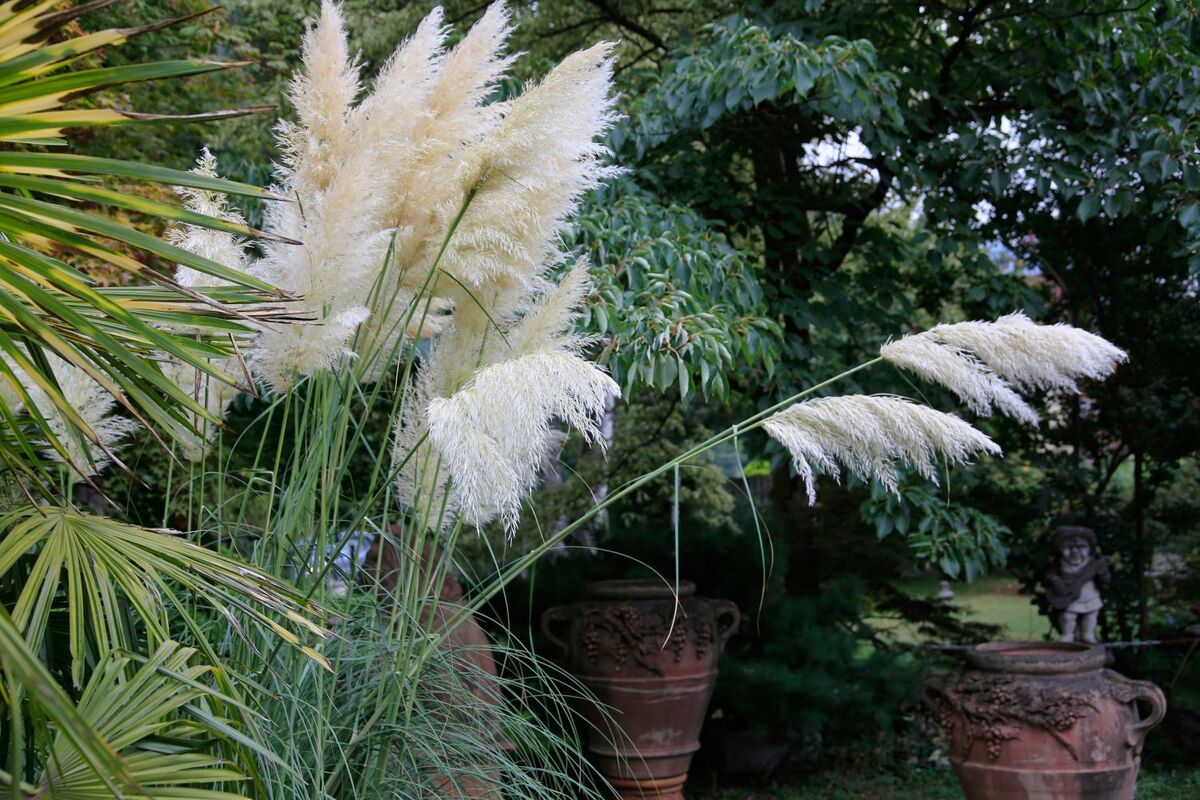
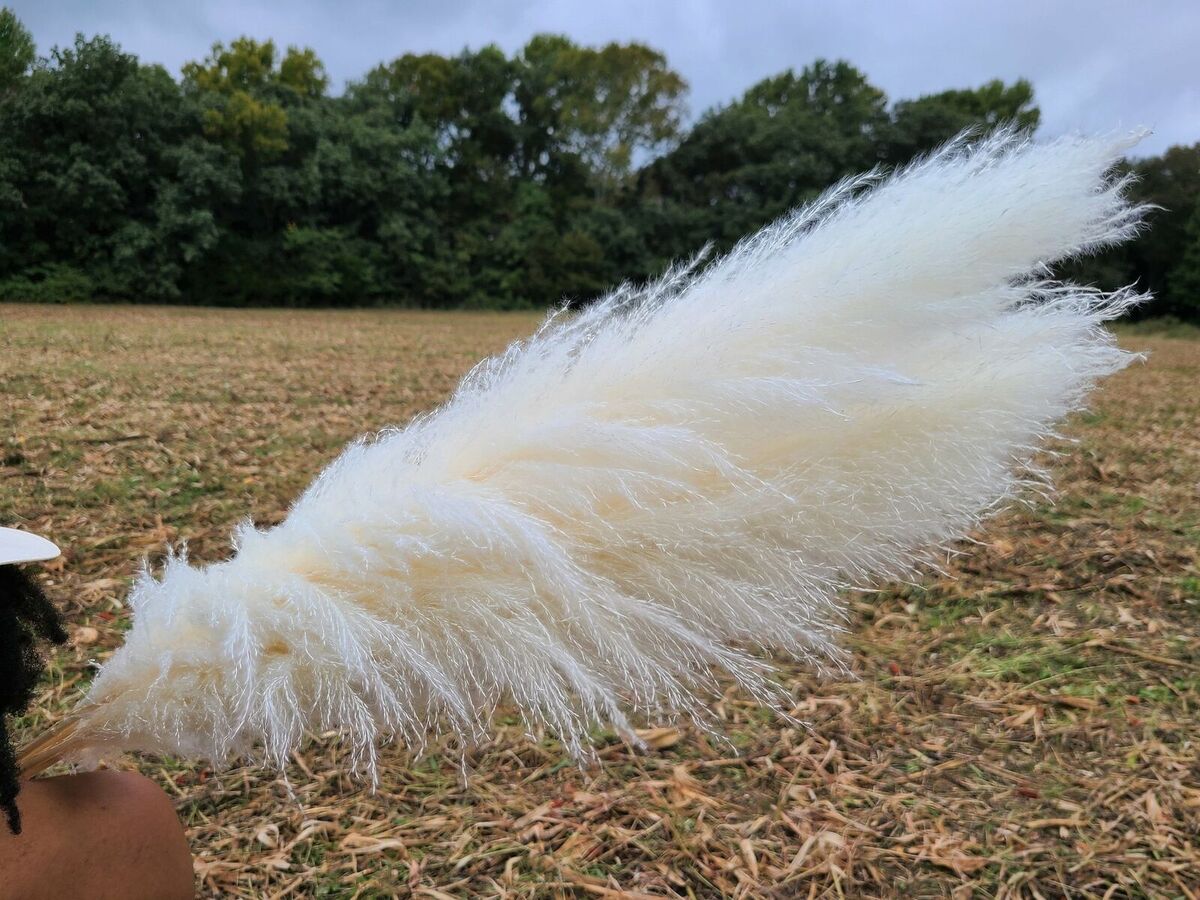

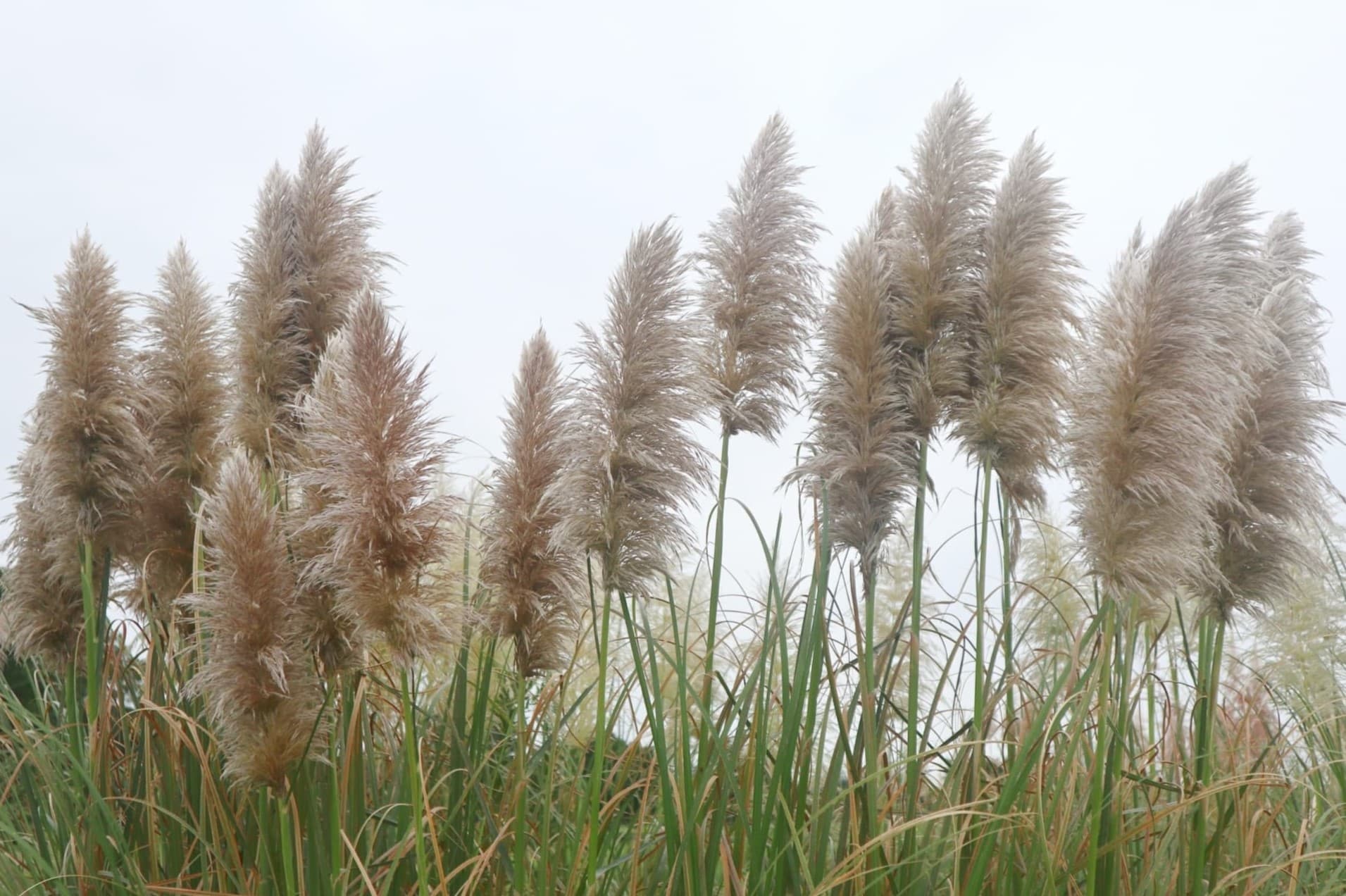

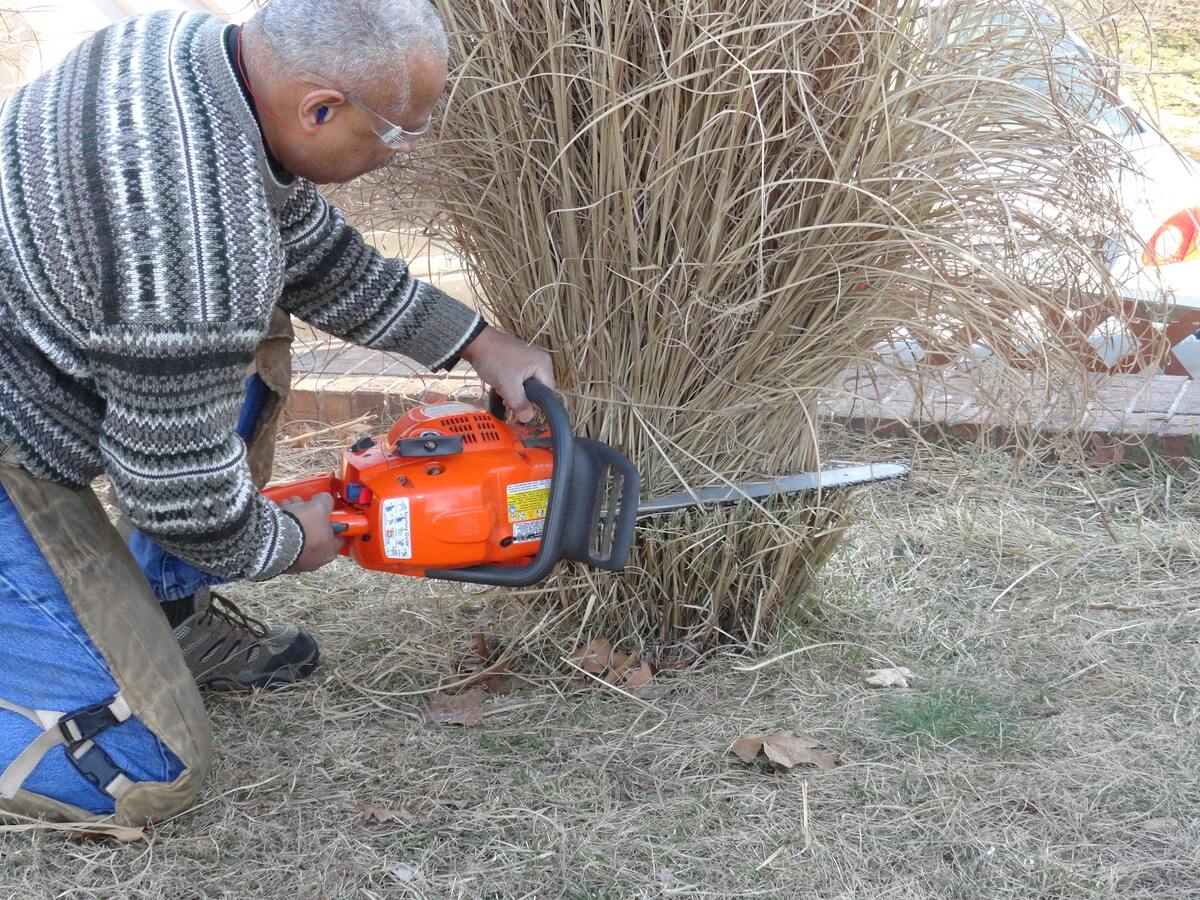

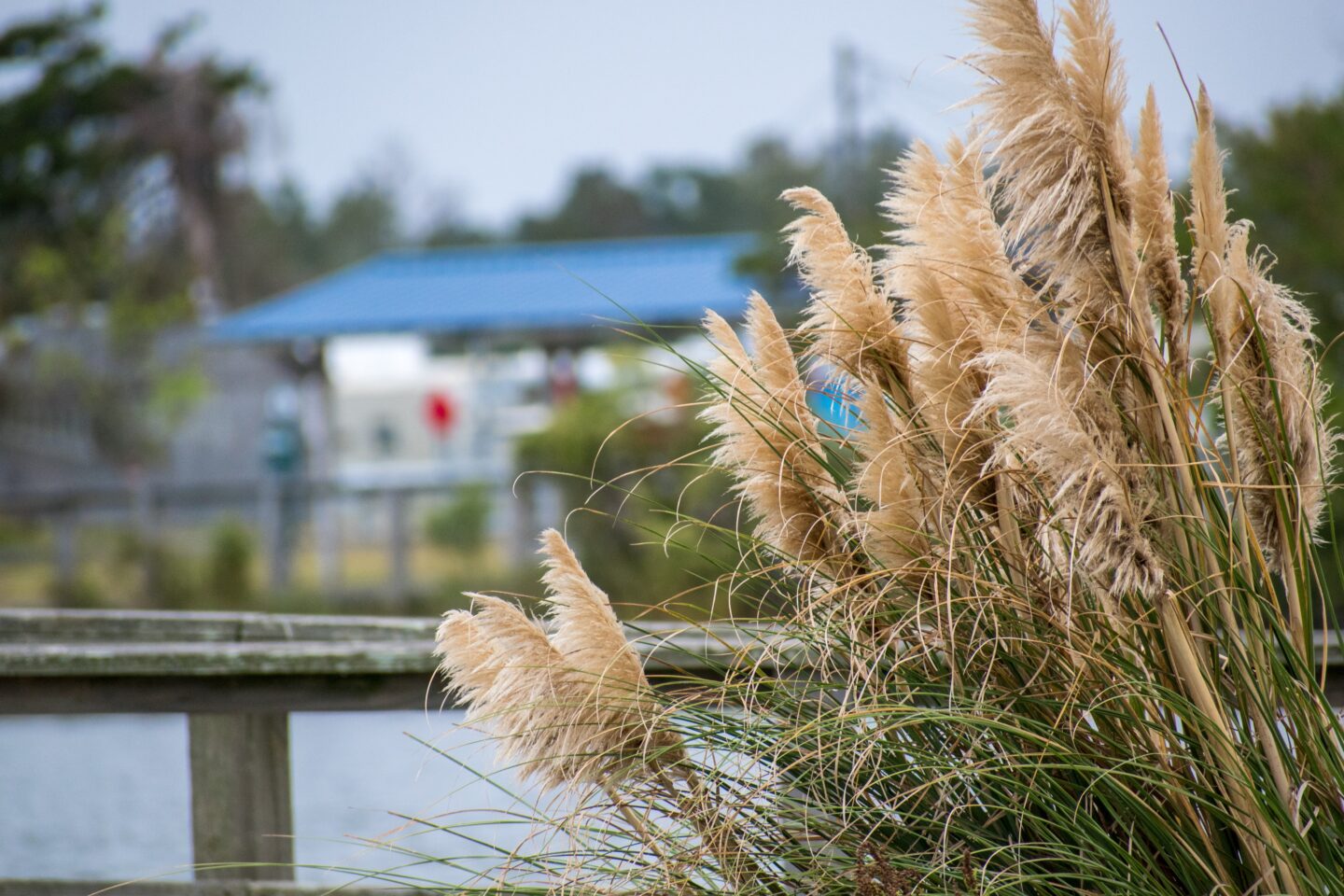
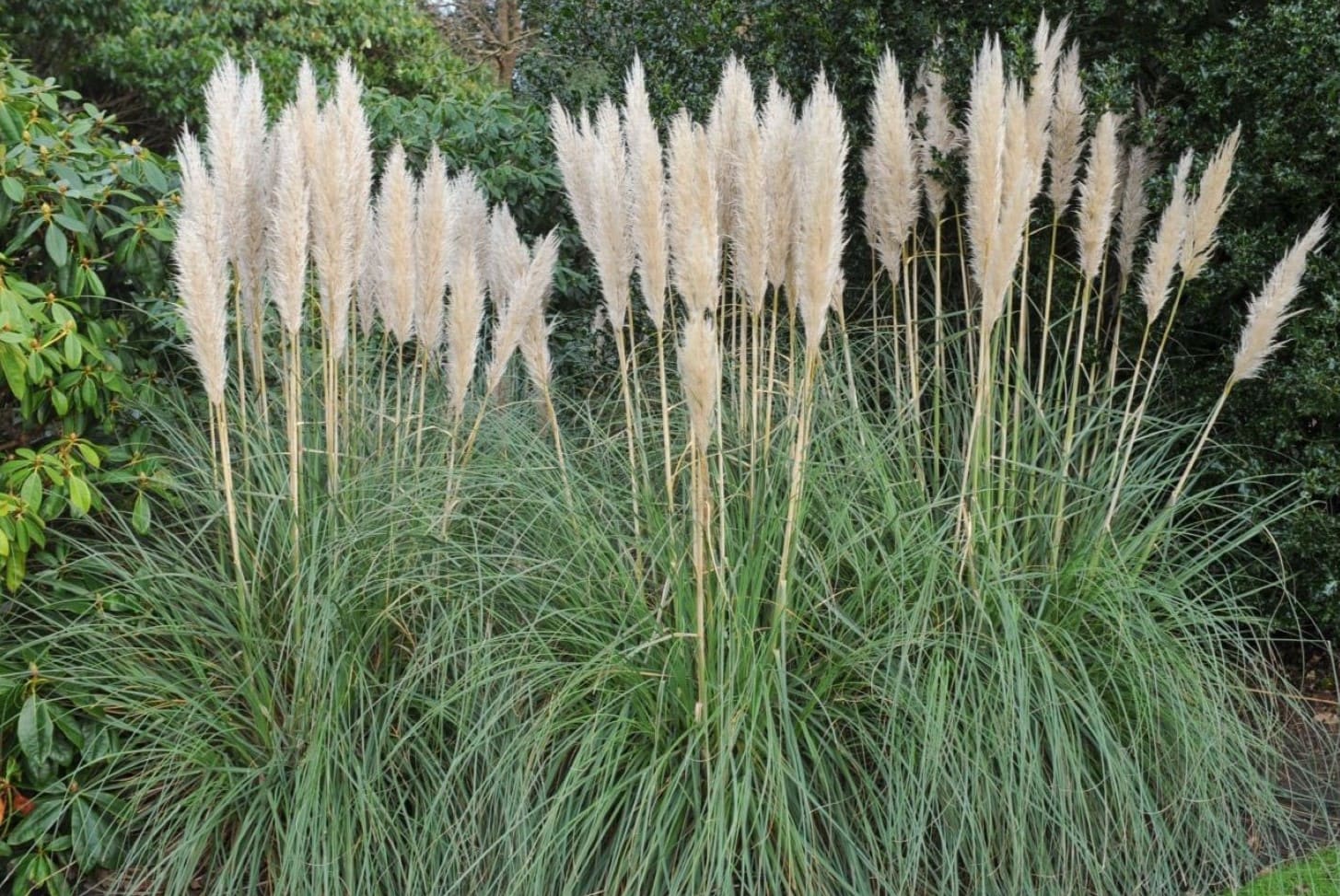


0 thoughts on “How To Grow Pampas Grass”